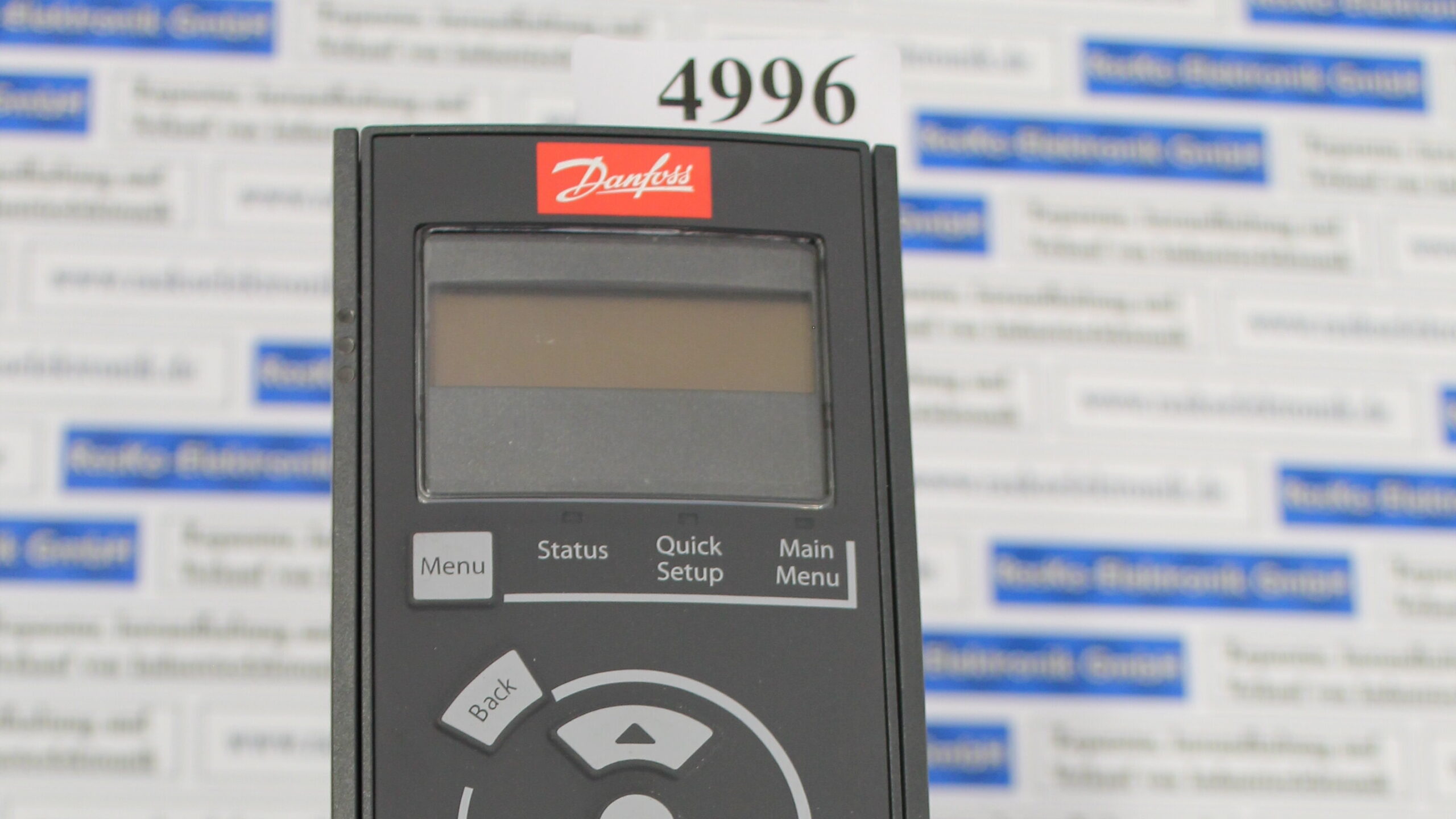
In today’s modern world, the pursuit of energy efficiency has become a paramount concern. From reducing carbon Frequenzumrichter Danfoss SEW Lenze Siemens reparieren lassen footprints to enhancing the performance of various electronic devices, the development of innovative technologies plays a pivotal role. Among these technologies, the inverter stands out as a transformative force in the realm of power conversion and energy management.
What is an Inverter?
An inverter is an electronic device that converts direct current (DC) power into alternating current (AC) power. This transformation is crucial because while many devices and appliances operate on AC power, renewable energy sources like solar panels and batteries generate DC power. The inverter bridges this gap by facilitating the conversion, making it possible to use renewable energy sources to power our homes, businesses, and various electronic devices.
How Does Inverter Technology Work?
The core function of an inverter lies in its ability to convert the fixed voltage and frequency of DC power into adjustable AC power. This process involves several key components: These control mechanisms ensure that the output power meets the specific requirements of the connected devices, providing a steady and reliable source of electricity.
Conversion Process: Inverters use a series of electronic circuits to transform DC power into AC power. The DC input is first converted into high-frequency AC power using semiconductors such as insulated-gate bipolar transistors (IGBTs) or metal-oxide-semiconductor field-effect transistors (MOSFETs). This high-frequency AC power is then further processed to generate a stable and consistent output that matches the required voltage and frequency.